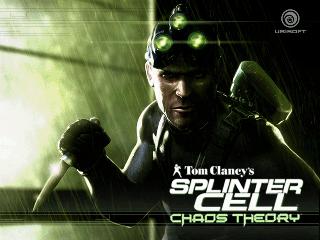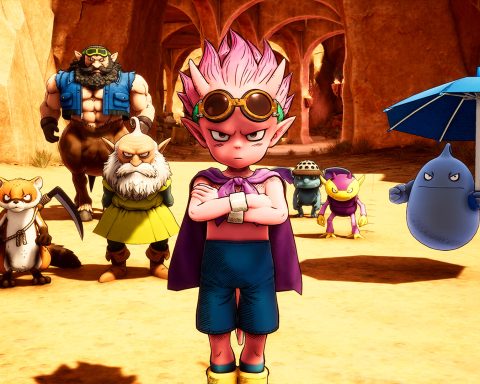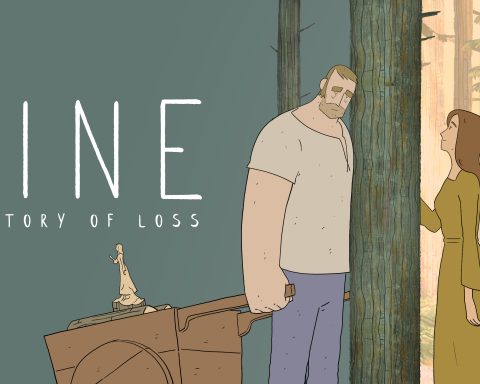
From the outset, it is obvious that this is a far more mature production. The cut scenes have a strong eye for the dramatic without being as overblown as could be expected from a Tom Clancy production. It’s still macho and patriotic, to be sure, but this is more a Michael Bay that Uwe Boll kind of spy experience. This time around those cut scenes look far better too. While the facial movements and animation are nowhere near up to scratch with modern blockbusters, they do look decidedly less retro than you’d expect for a PS2 game.
Beyond the story, the level design is the real highlight in this package. To be blunt, Chaos Theory’s level design are the most interesting environments ever seen in a spy game. The third level into the game, where protagonist Sam Fisher is tasked with infiltrating a bank is still the highlight of the whole package, and effortlessly betters anything a Bond game (yes, even that brilliant Facility stage) has ever managed. But there are other highlights – crawling through beachside tunnels to end up assaulting a lighthouse is a brilliant way to kick the action off, and in true spy style, the exotic locations of Hokkaido and Seoul provide a fascinating backdrop for jumping from shadow to shadow.
Speaking of shadows, Chaos Theory has a far more naturalistic approach to light and darkness than the previous game. It’s such a critical element in these games, but in the original Splinter Cell, light was present when it made sense for a puzzle – it was a challenge to be overcome more than a device for humans to light the cold darkness. It was forced, and constantly remind the player that this is just a game. In Chaos Theory, lights are present where it would make sense in the real world, and the fact that creates a variety of challenges to overcome is simply a reflection of the incredible level design. Consequently Chaos Theory is a far more believable and therefore engaging experience.
Chaos Theory is a great looking game in HD too. Unlike the original game, the level of detail in the backgrounds and furniture is appropriate for the environment that Fisher is exploring. The various computers, crates and objects littering the environments are as you would expect to find, rather than simply existing when they form a “part” of the game. Indeed, sometimes there are objects in the levels that have nothing to do with the task at hand – a massive development indeed! Chaos Theory feels far more natural to play.

When Ubisoft ported a Splinter Cell game to the 3DS for Nintendo’s handheld launch, this game was chosen for a very good reason; it’s genius on just about every level. That port didn’t work so well, which is unfortunate, but Ubisoft has made good here. Sam Fisher’s second HD remake outing is intense, intelligent and complex. In the US you can only by the three games as one package right now. This game alone is worth that asking price.







